Energy Production
How do we reduce our greenhouse gas emissions from energy production?
Energy production accounts for the majority of Duluth’s greenhouse gas emissions at 62%. To reduce those emissions, we need to move our electricity production to renewables and support the development of community-owned, locally produced clean energy.
What are the challenges of our current energy production system?
It is important to recognize the complexities of our energy production system if we are to build an equitable and sustainable path forward.
Relies on fossil fuels
Causes health problems
Burdens people of color
Burdens low-income people
Subsidizes fossil fuels
Increases risk
Threatens sovereign native land
Exacerbates poverty
Inefficient and expensive
What could a smarter energy production system look like?
An equitable and sustainable energy production system for Duluth could look like:
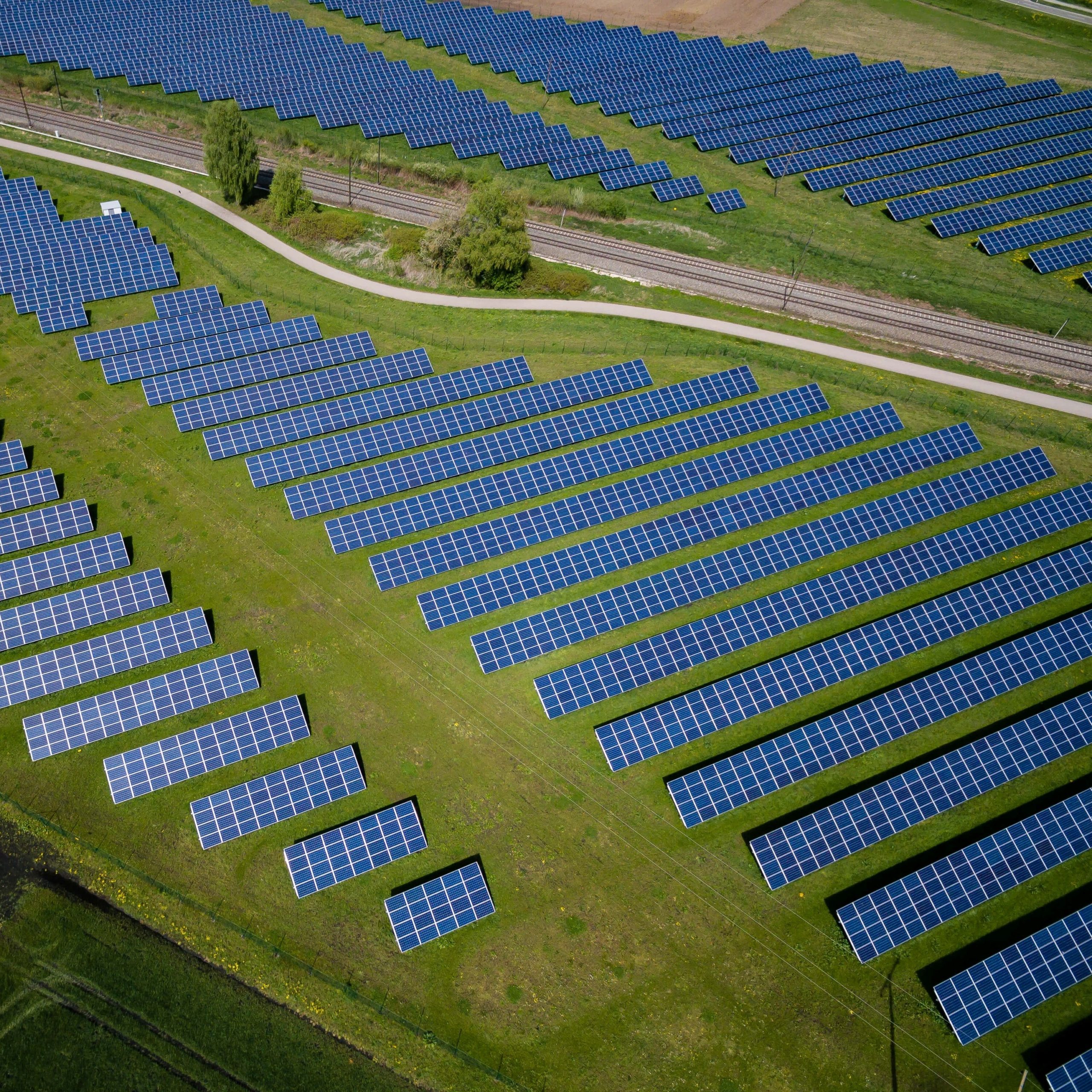
Community-owned
Our energy production is community-owned and provides reliable, low-cost electricity while protecting the environment.
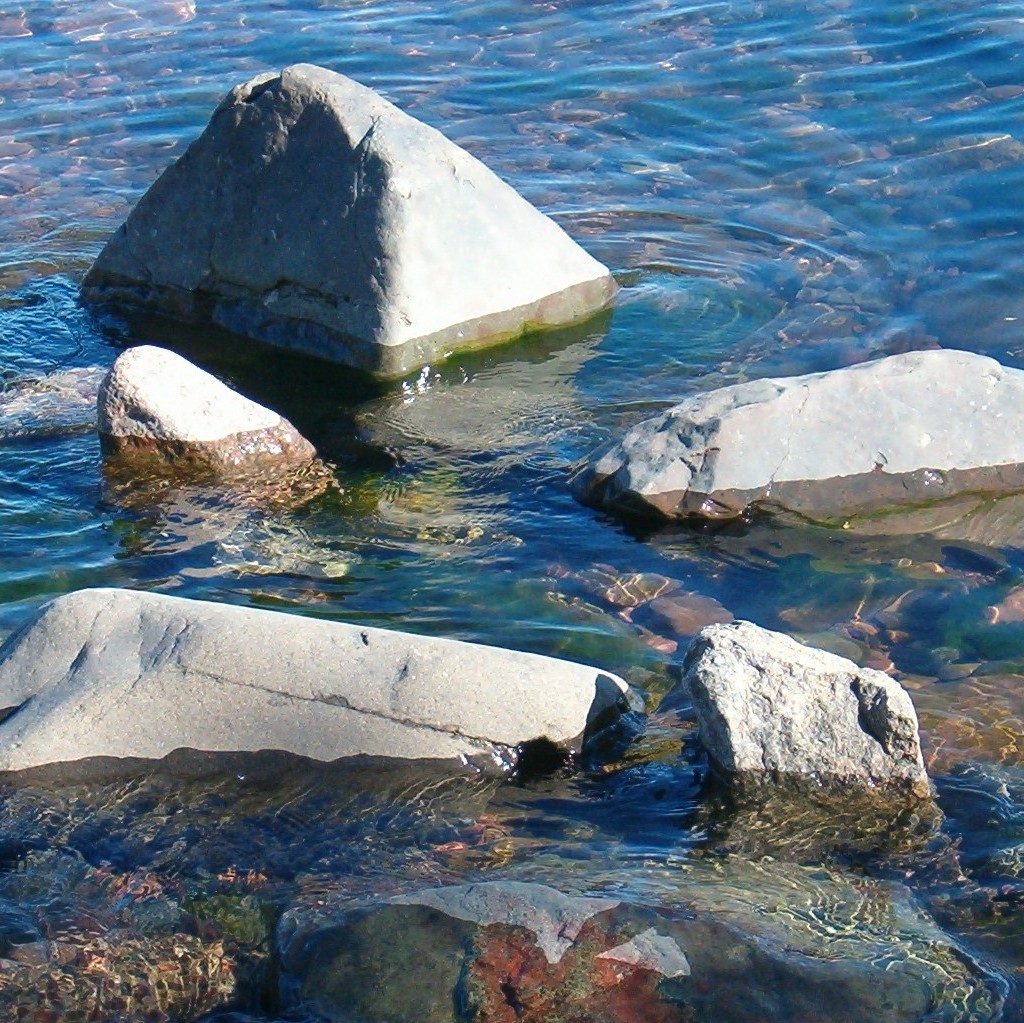
100% renewable
Our energy production is 100% renewable and clean.
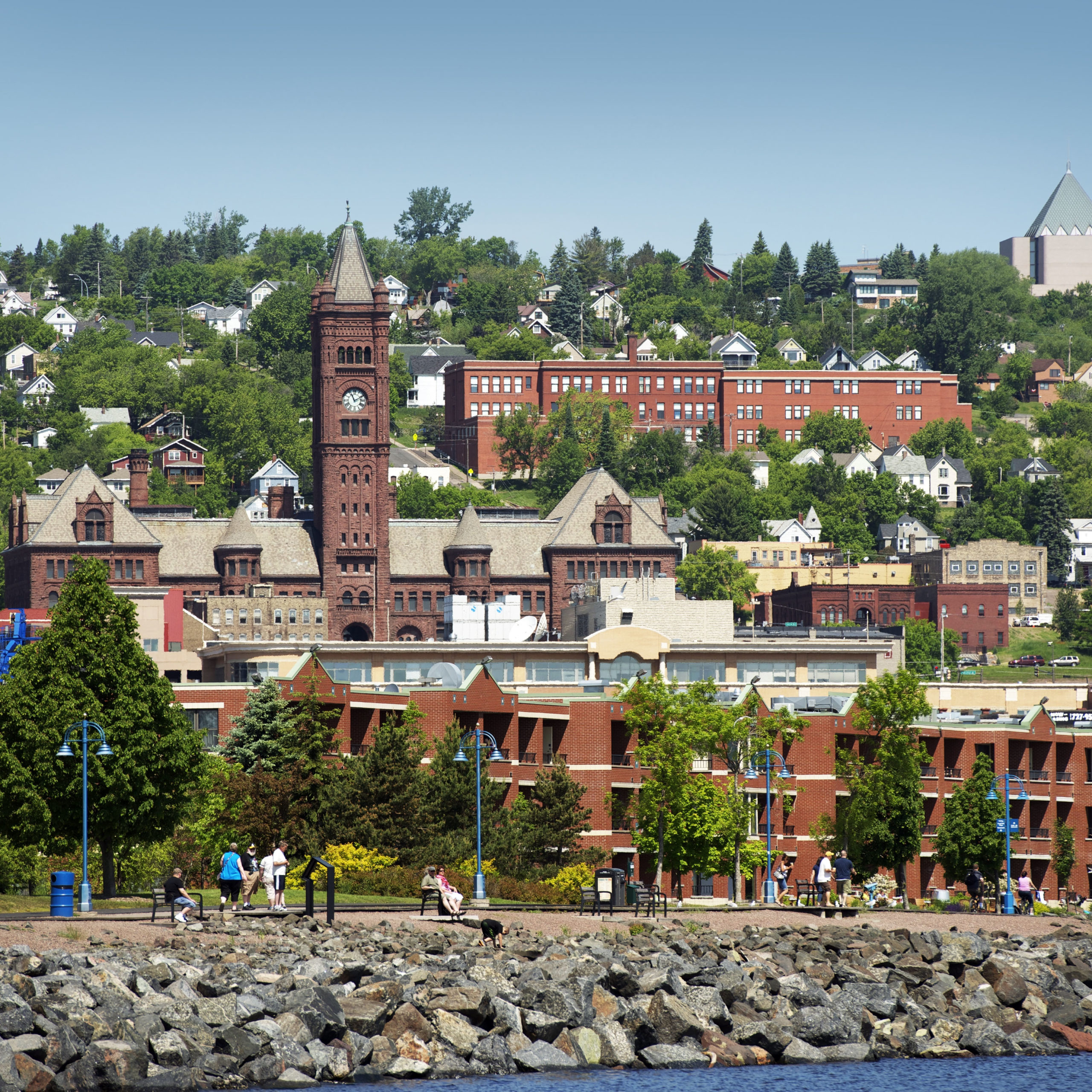
Equitable
The costs and impacts of our energy production are borne equitably across the community.
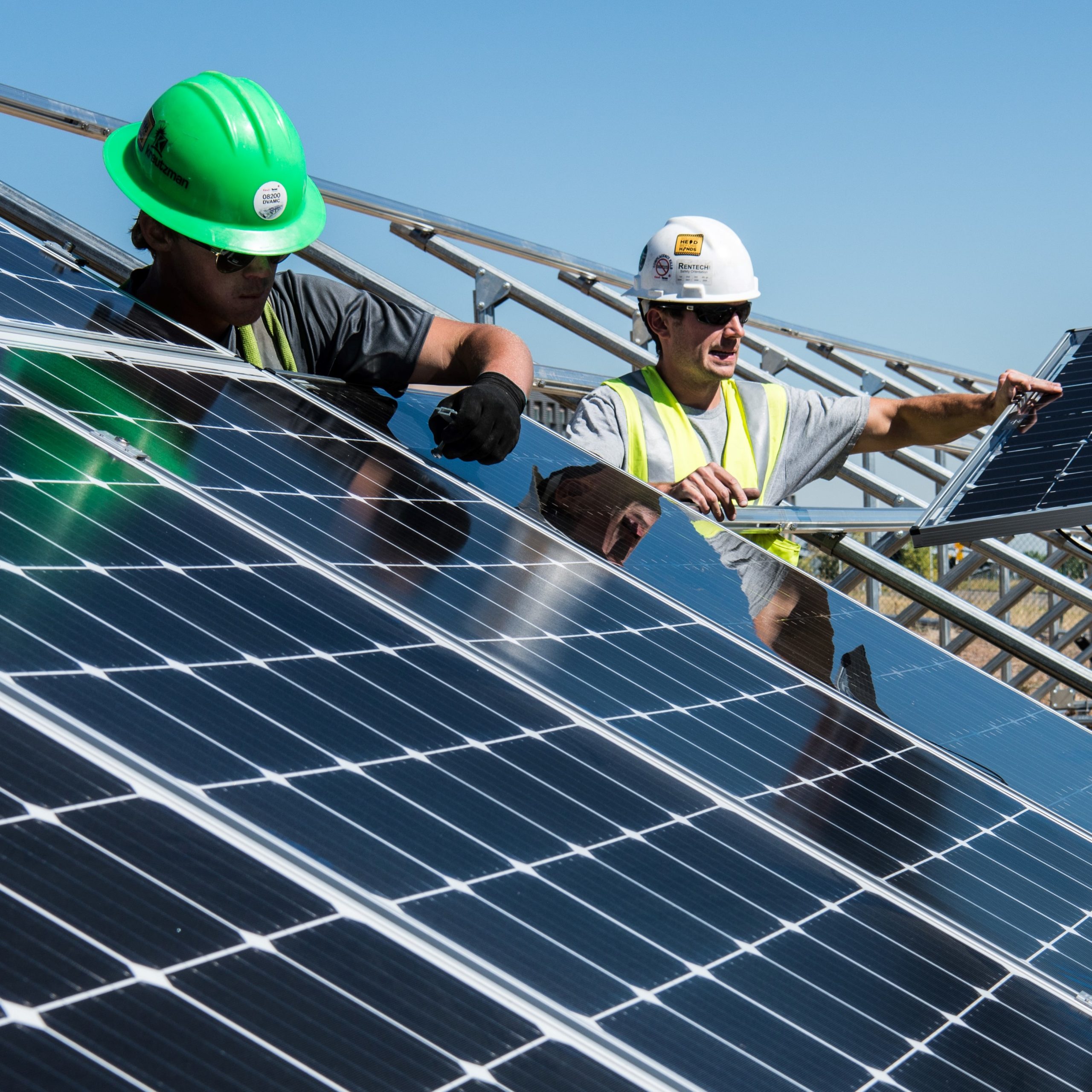
Business opportunities
We have local business opportunities and jobs that support a local energy economy: solar and wind manufacturing and installation; local grid development; and building efficiency.

Affordable and accessible
Our local energy grid has created affordable access to clean energy for everyone, including our low-income community members.
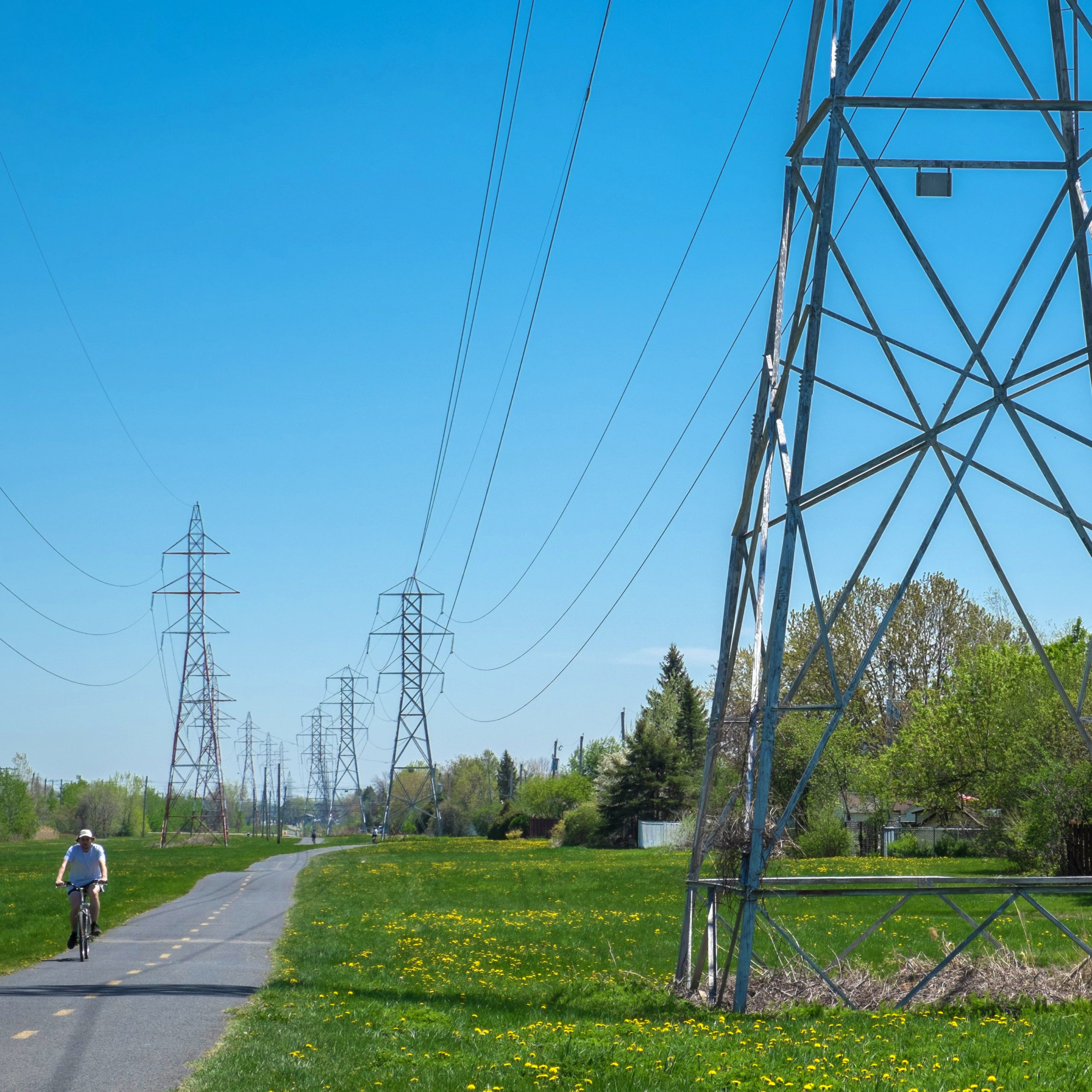
Resilient and secure
We have developed an energy grid that is more resilient and secure because it is within our local control.
What can we do?
The international carbon experts at Project Drawdown and local experts have named these actions as the most impactful in lowering carbon emissions from our energy production system:
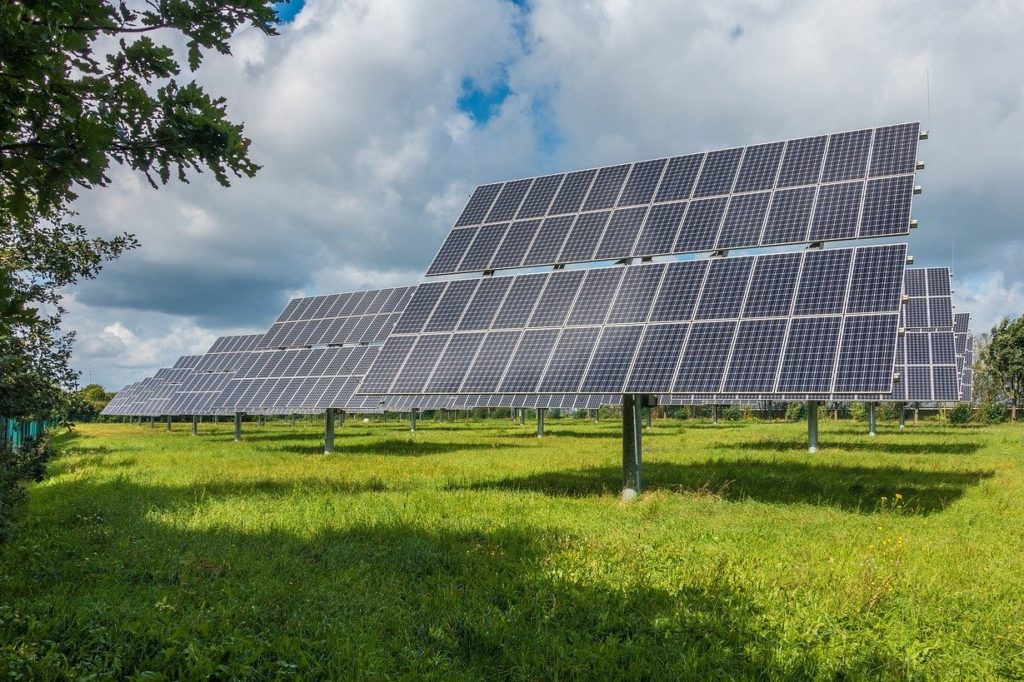
Shift Production
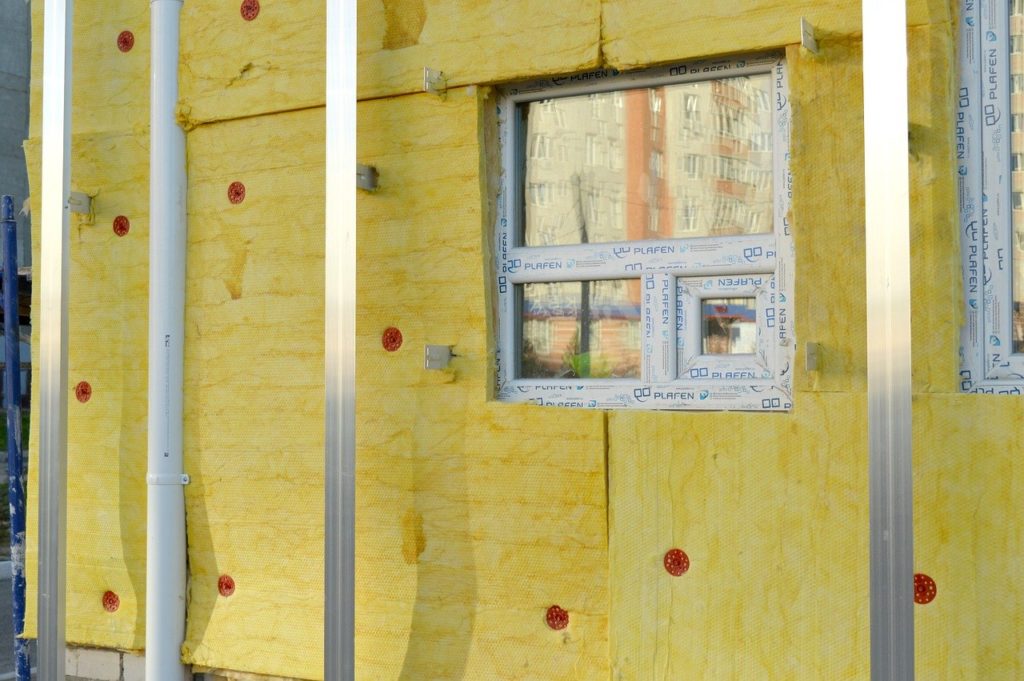
Enhance Efficiency
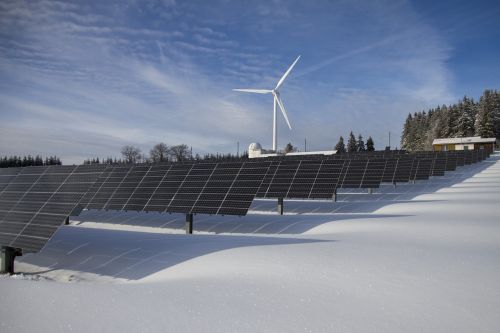
Improve the System
1Quoted from Project Drawdown
What does this mean in Duluth?
There is a lot happening and we can do more.
Shift production
We are focusing on building a non-fossil fuel infrastructure by transitioning to renewable resources such as solar and wind power.
There are already a number of initiatives in Duluth to help us make this transition. One is the Duluth Shines! Solar Map that shows the solar potential of every roof in Duluth. You can use it to see if your home or building can use solar power and find local providers.
Another shift to renewable energy was the Lincoln Park Solar Garden. Ecolibrium3 completed the Lincoln Park Solar Garden project in 2020. The 40-kilowatt solar array at the northeastern entrance to Lincoln Park was the neighborhood’s first community-owned, low-income solar project! The power from the array benefits the Duluth Veterans’ Place, a transitional housing project by the Minnesota Assistance Council for Veterans, and provides long-term funding for a Community Energy Fund to help families that are struggling to pay their utility bills.
Additionally, Minnesota Power retail customers are eligible for a solar garden program. Customers can sign up for a monthly subscription or pay an upfront fee to get part of their energy from a community solar garden. The SolarSense program also provides rebates to qualifying individuals that reduce the upfront costs of installing solar.
And, Minnesota Interfaith Power and Light has an initiative to help families, neighbors, business, or places of worship work together to make a solar purchase through their group solar buy program
Enhance efficiency
The steam plant shifted to a closed-loop hot water system conserving 20 million gallons of water every year.
When the City reconstructed East Superior Street, it took the opportunity to enhance the infrastructure of the district heating system in downtown and Canal Park. Duluth Energy Systems oversaw the transition of its current Open-Through Steam System into a more efficient and environmentally-friendly Closed Loop Hot Water System. The update reduced energy consumption across the system and led to the decreased use of fossil fuels and reduction of carbon emissions.
Houses and businesses across the community are weatherizing their homes and buildings and switching to efficient appliances with rebates from Minnesota Power and Comfort Systems. And homeowners and building owners can get energy audits and help with weatherization from Ecolibrium3.
Improve the system
We can build a system of microgrids.
Right now Duluth gets its energy from city-wide electric and gas systems. Moving away from these city-wide systems to a microgrid system is beneficial for many reasons.
First, microgrids—smaller power grids that can operate as part of the overall grid but also function independently—can provide greater security to those on the microgrid. Microgrids are resilient in natural disasters and provide emergency backup power. Microgrids also benefit communities; they provide an efficient, low-cost source of energy that relies on local jobs. In addition, a system built of micro-grids offers community consumers control over how their energy is produced, enabling the shift to renewable sources of energy that belong to the community,
The Lincoln Park Solar Garden is an innovative project that created a new model for providing power that directly benefits community members in need. Typical community solar projects allow households or businesses to buy subscriptions to solar arrays, yet these subscriptions can be out of reach for low-income people or people with barrier issues such as bad credit. This project will generate renewable power for over 25 years and distribute the value of community solar to countless families in our city.
What can you do?
Help reduce Duluth’s greenhouse gas emissions.
Reducing Duluth’s greenhouse gas emissions is in our hands as citizens! We can all take individual actions and encourage our institutions, businesses, and government to take action. Click on the “Take action” button to see recommended actions specific to energy production in our community and help start building a more equitable and sustainable community today!